After invading Manchuria in 1931, Japan turned much of northeast China into an opium plantation, then used the drug to subdue the population and used the profits to fund its military.
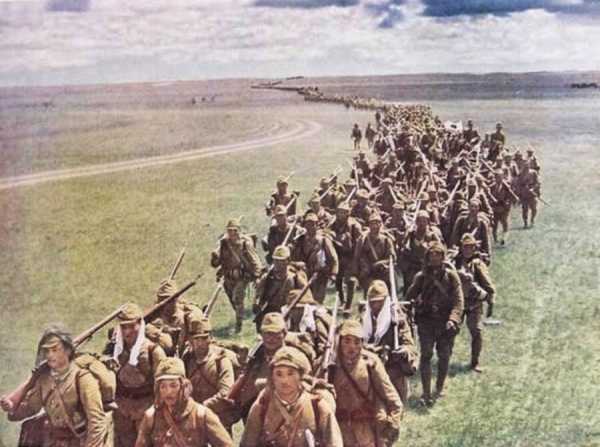
Wikimedia CommonsThe Kwantung Army, the section of the Japanese military largely responsible for creating the country’s puppet state in the Manchuria region of northeast China, marches through Mongolia in 1939.
From the late 1800s to the mid-1900s, Imperial Japan embarked on a decades-long quest to build an empire in the Pacific. After swallowing up Korea, Taiwan, and various surrounding islands, Japan soon set its sights on China.
By the 1920s, China was descending into civil war as bitterly opposed factions vied for power after the country’s last emperor was dethroned.
But maintaining power in a foreign land is always complicated by the likes of rebellions and soaring costs. So Japan turned to one of China’s age-old adversaries to weaken the country’s resistance to occupation while raking in profits to fund their own military: opium.
Here’s how Japan built an opium empire in China and why lingering concerns remain unresolved to this day.
The Japanese Conquest Of China And The Beginnings Of A Drug Empire
After the Imperial Army captured the Manchuria region of northeast China in 1931, Japan’s conquest of its neighboring country had officially begun. Small conflicts then flared up as Japan attempted to expand southward from Manchuria into the rest of China over the next few years.
Finally, in 1937, Japan launched a full-on invasion of China and captured Beijing, Shanghai, and several other large cities that wouldn’t be free until World War II ended with Japan’s defeat. But Manchuria remained under Japanese control longer than any other area.
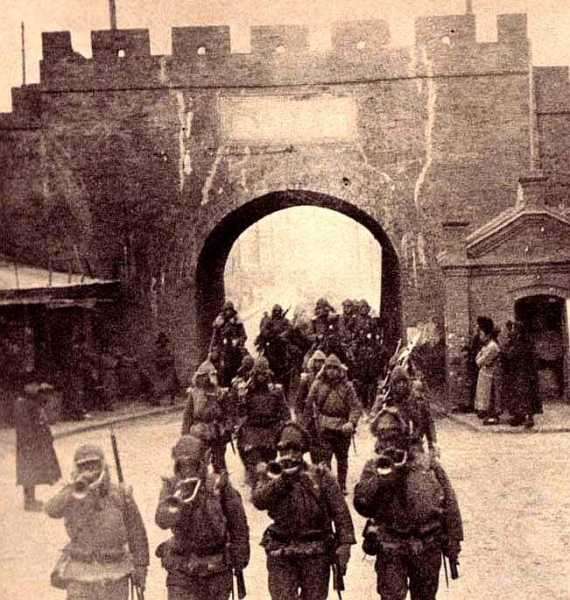
Wikimedia CommonsJapanese troops march into the Manchurian city of Mukden in September 1931.
In Manchuria, Japan built the puppet state of Manchukuo, which it controlled and exploited through various methods of brutality. And one important method Japan used was building an opium, morphine, and heroin industry designed to get the Chinese subjects addicted and create profits for Japan’s war machine.
Japan had been doing it elsewhere in the Pacific for years, according to international government reports. “Japan is warring on western civilization,” one American official said in 1932, “as shown by the indisputable facts that wherever the Japanese army goes drug traffic follows.”
In China, Japan launched a PR campaign that actively tried to get civilians addicted to drugs, thus ensuring a compliant and docile populace. Meanwhile, key figures in the opiate industry were appointed to Japan’s Imperial cabinet, putting the drug trade almost on par with the Emperor in terms of importance.
The Empire’s immense profits from the sale of heroin and morphine at one point equaled China’s entire annual budget — and Japan put those profits right back into their military forces.
It was a targeted scheme that allowed Japan to maintain brutal control — and it was almost all built on opium.
The Dark History Of Opium In China
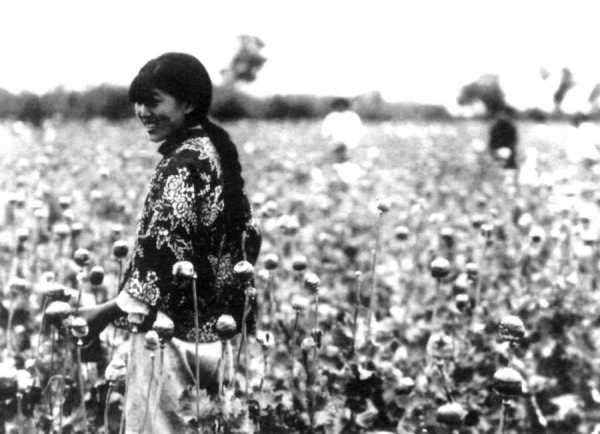
Wikimedia CommonsWorkers harvest poppy plants for opium in Manchukuo. Farmers scrape sap from the flowers over several days to produce the tar needed to create opium.
The poppy plant is the basic ingredient for both opium itself as well as other opiates like heroin and morphine. When the sap in the seed of the poppy flower is processed, it can be used as a potent painkiller.
Indeed, opium has been cultivated for pain relief since 3400 B.C. Its use in China both medicinally and recreationally dates to at least the seventh century AD.
But it wasn’t until Britain’s forceful introduction of the drug during the Opium Wars in the mid-1900s that it garnered its terrifying reputation across China. During the Opium Wars, Britain manipulated millions of Chinese citizens by getting them hooked on opium, in turn, creating a captive market.
Opium remained the most popular way for Chinese warlords to fund their armies and buy loyalty well into the 1920s. In fact, Zhang Xueliang, Manchuria’s ruler until 1931, was himself an opium addict. Even after he kicked the drug in 1928, he supported his regime with drug money.
And when the Japanese invaded Manchuria in 1931, they quickly started supporting their regime with drug money too.
Japan’s Daring Plan To Conquer Using Narcotics

Wikimedia CommonsKenji Doihara, the Japanese general behind the plot to hook millions of Chinese people on opiates.
General Kenji Doihara belonged to a class of imperialist Japanese men who saw China as the space in which they could carry out all their dreams of martial glory. It was Doihara who decided that Japan should subsidize small Chinese farmers to produce opium.
Opium tar would then be processed into high-grade morphine and heroin in laboratories owned by the Japanese mega-corporation Mitsui for sale throughout Japanese territories as medicine. The idea was taken up enthusiastically and by 1937, 90 percent of the world’s illegal opiates were being produced in Japanese labs.
But Doihara had even bigger plans than this.
The Japanese narcotics industry had two purposes. The first was to generate large amounts of money to pay the huge bills incurred by maintaining an empire while continuing their Pacific expansion.
The second purpose was to soften the will of the Chinese people to resist invasion and occupation, to create a dependent population that wouldn’t rebel for fear of losing its next fix.

Pictorial Parade/Archive Photos/Getty ImagesFactory workers wear surgical masks as they sort through tobacco leaves in a cigarette factory in Chang-Chun, Manchuria.
One of the first steps Doihara took to peddle his wares was to produce special batches of opium-laced Golden Bat cigarettes, a luxury brand also made by Mitsui. They were shipped to Manchukuo where they were distributed free of charge to unsuspecting civilians.
Employers even paid their workers in “red pills” which were actually just neatly manufactured doses of heroin.
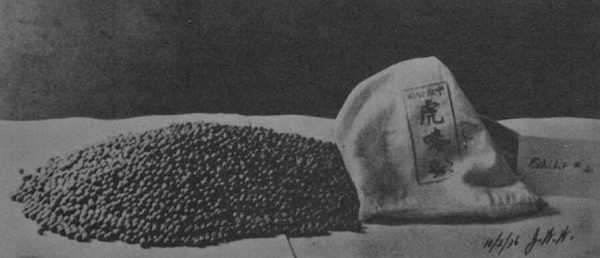
National Archives And Records Administration“Red pills,” pictured here, were a mass-produced heroin supplement made by Mitsui.
Very soon, Doihara had created an empire of addiction. In 1937, for example, Japanese-controlled areas in Manchuria and surrounding places produced 2,796,000 pounds of opium — while the legitimate medical need for the entire world was just 500,000 pounds.
The End Of The Japanese Drug Empire
To help him manage distribution and finances, Doihara hired Naoki Hoshino, a bland, dispassionate official from Japan’s Ministry of Finance, to head the State Opium Monopoly Board.
Hoshino’s installation to the Manchukuo government erased any barriers between the Emperor and the conscious effort to destroy the people of China with drugs. This was big business and it had the government’s blessing.
By 1941, one Japanese opium firm raked in 300 million yuan in sales, nearly equivalent to the Chinese government’s entire annual budget.
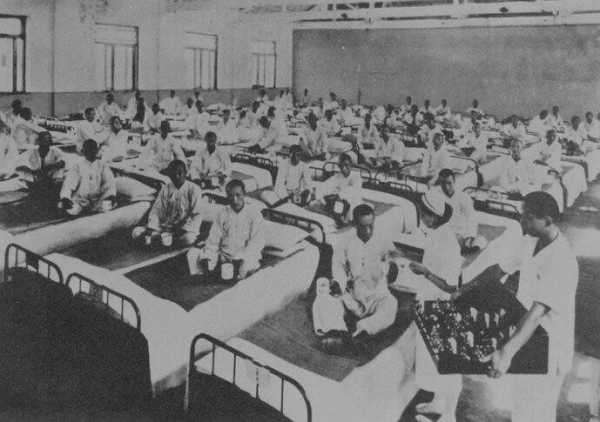
Office of Strategic ServicesPatients sit in the Shanghai hospital built to treat opium addicts in 1924.
With such profits rolling in, the Japanese grew smug. Some military leaders wrote, according to a booklet distributed to their troops, that:
“The use of narcotics is unworthy of a superior race like the Japanese. Only inferior races, races that are decadent like the Chinese, the Europeans, and the East Indians, are addicted to the use of narcotics. This is why they are destined to become our servants and eventually disappear.”
But this vision didn’t come true. Japanese soldiers also relied on their own drugs to ease the shock of war and the trauma of separation from home and family.
Despite the threat of severe punishment, Japanese soldiers widely abused heroin and morphine. The addiction problem across the Imperial Japanese Army was so ubiquitous that whole hospitals were set aside to treat them.
But even if Japanese soldiers had stayed sober, the Imperial Army was losing World War II — and the country’s drug ring was soon dismantled and exposed.
The Unresolved Legacy Of Japan’s Drug Ring
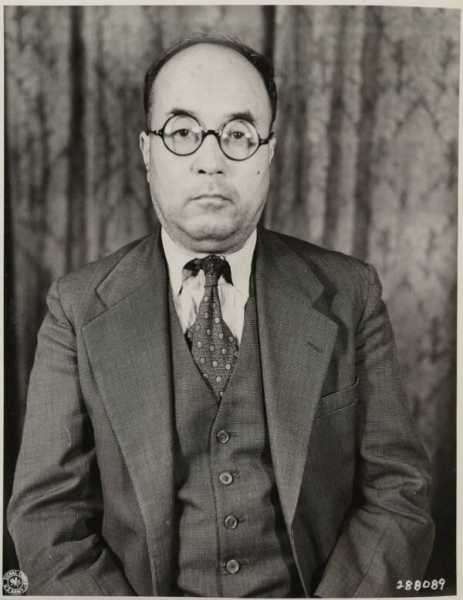
Wikimedia CommonsNaoki Hoshino, whose cold, expert handling of the drug trade in Manchuria generated untold profits.
After Japan’s surrender ended World War II in 1945 and the country lost its conquered territories, the victorious Allied forces launched the International Military Tribunal of the Far East. Among the criminals they apprehended and tried were Kenji Doihara and Naoki Hoshino.
Doihara was found guilty of war crimes and sentenced to death. He was hanged in 1948. Hoshino was sentenced to life imprisonment but served only 13. After he was released, he went on to lead a comfortable career in the private sector, dying peacefully in 1978 at 85.
But even after some of these crimes came out during the trials, the true extent to which Japan financed its military regime with drug money was not fully understood until historians began uncovering secret documents.
In 2007, a reporter for The Japan Times recovered a 21-page document in an archive at the National Diet Library of Tokyo that told the story of Japan’s drug ring in China to a new, international audience. According to the report, one company alone sold 222 tons of opium just in 1941.
We still don’t know how much opium Japan sold, how many Chinese people became addicted and died, and how much money the Imperial Army generated for its war machine.
Regardless of any exact figures, the fact remains that no reparations have ever been made and, aside from a few exceptions, no punishments have been handed down. Japan’s drug scheme remains another dark chapter of World War II that was largely swept out of sight by the era’s unending tide of atrocities.
Next, discover the dark story of the Nanking Massacre perpetrated by Japanese soldiers in China. Then, see how Japan’s Unit 731 brutalized Chinese civilians.
Sourse: www.allthatsinteresting.com





